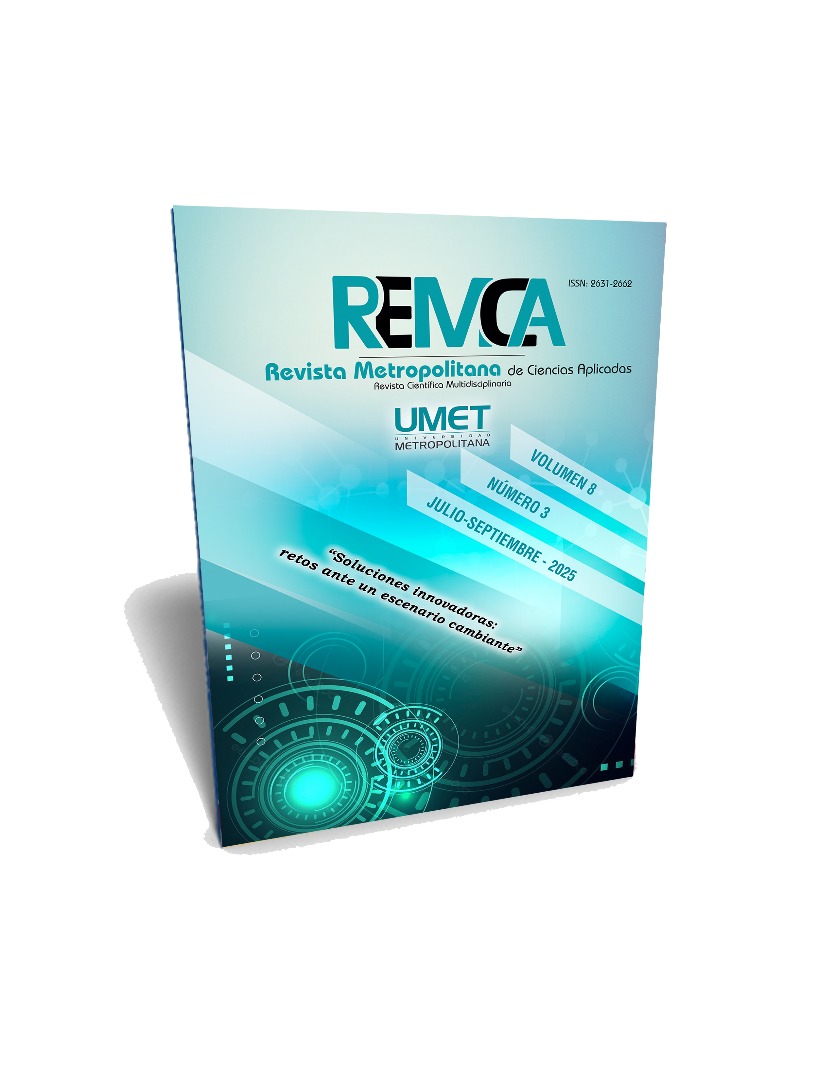Influence of information manipulation on democracy and public opinion
DOI:
https://doi.org/10.62452/e1kb1767Keywords:
Aerodynamic optimization of buses, energy efficiency in transportation, drag coefficient reduction, sustainability in mobility, CFD simulationsAbstract
The aerodynamic optimization of buses is fundamental to improving fuel efficiency and reducing pollutant emissions, especially in countries like Ecuador, where geographic and climatic conditions present additional challenges. This study aimed to evaluate aerodynamic strategies applied to bus design through a systematic literature review, identifying the most effective technologies to minimize aerodynamic drag and improve energy performance. An exhaustive search was conducted in scientific databases such as ScienceDirect and Scopus, selecting studies published between 2019 and 2023 that addressed the use of aerodynamic devices, body modifications, and CFD simulations. The results indicated that spoilers and diffusers can reduce the drag coefficient by 9.23% and 3.68%, respectively, while the use of dimpled surfaces achieves savings of up to 6.4 liters per 1,000 km traveled. Additionally, body modifications, such as deflectors and optimized geometries, significantly reduce aerodynamic drag and improve vehicle stability. The research highlights the importance of CFD simulations and the integration of artificial intelligence in future studies to accelerate the development of more efficient designs. It is concluded that the implementation of these technologies, along with public policies that encourage their adoption, is essential for advancing towards more sustainable and efficient public transportation in Ecuador, reducing operational costs and the environmental impact of the automotive sector.
Downloads
References
Arteaga, O., Hernán, M. V., Terán, H., Chacon, S., Lara, M. A., Rocha-Hoyos, J., & Aguirre, R. P. (2020). Aerodynamic optimization of the body of a bus. (Ponencia). IOP Conference Series: Materials Science and Engineering. Geneva, Switzerland.
Barber, C., Milovanovic, J., & Sharqawy, M. H. (2023). Investigating the impact of aerodynamic devices on drag reduction in a transit go-bus using CFD. Canadian Society for Mechanical Engineering International Congress. (Ponencia). Canadian Society for Mechanical Engineering International Congress. Sherbrooke. Canada.
Bellman, M., Agarwal, R., Naber, J., & Chusak, L. (2010). Reducing energy consumption of ground vehicles by active flow control. In Energy Sustainability, 43949, 785-793. https://doi.org/10.1115/ES2010-90363
Cisneros Zúñiga, C. P., Jiménez Martínez, R. C., Ricardo Velázquez, M., & Andrade Santamaría, D. R. (2021). Inteligencia artificial: desafíos para el marco normativo laboral ecuatoriano. Rev Univ Soc, 13(Supl 3), 340-345. https://rus.ucf.edu.cu/index.php/rus/article/view/2487?articlesBySameAuthorPage=2
García-Fernández, R., Portal-Porras, K., Irigaray, O., Ansa, Z., & Fernandez-Gamiz, U. (2023). CNN-based flow field prediction for bus aerodynamics analysis. Scientific Reports, 13(1). https://doi.org/10.1038/s41598-023-48419-4
Gómez-Luna, E., Navas, D. F., Aponte-Mayor, G., & Betancourt-Buitrago, L. A. (2014). Metodología de revisión de literatura para la gestión científica y de la información, a través de su estructuración y sistematización. Dyna, 81(184), 158-163. https://doi.org/10.15446/dyna.v81n184.37066
Huang, T., Ma, J., Yi, D., Ren, X., Ke, R., Qu, C., Huang, Q., & Zeng, W. (2021). Análisis comparativo de modelos de turbulencia para evaluar las características aerodinámicas de autobuses. J Appl Fluid Mech., 17(7), 1354-1367. https://doi.org/10.30939/ijastech..994351
Jinachandra, N. S., Kubsad, S. S., Sarpabhushana, M., Siddaramaiah, S., & Rajashekaraiah, T. (2020). Modeling and computational fluid dynamic analysis on a non‐AC bus coach system. Heat Transfer. Wiley Publications.
Kahsay, Y. K., & Zeleke, D. S. (2024). Aerodynamic design optimization of locally built FSR Isuzu bus through numerical simulation. Engineering Research Express, 6(2). https://doi.org/10.1088/2631-8695/ad3acd
Niranjana, S. J., Kubsad, S. S., Ravichandran, G., & Santhosh, N. (2020). A comprehensive understanding of airflow in non‐air‐conditioned bus coaching system. International Journal of Engineering and Advanced Technology, 9(3), 1222-1225. https://doi.org/10.35940/ijeat.c5317.029320
Palanivendhan, M., Chandradass, J., Saravanan, C., Philip, J., & Sharan, R. (2021). Reduction in aerodynamic drag acting on a commercial vehicle by using a dimpled surface. Materials Today: Proceedings, 45, 7072-7078. https://doi.org/10.1016/j.matpr.2021.01.884
Villacrés Toalombo, H. I., & Sumi Guamán, C. M. (2017). Diseño aerodinámico y prototipado del vehículo Interprovincial ALFA-700 para Metálicas Pillapa. (Trabajo de titulación). Escuela Superior Politécnica de Chimborazo.
Wang, Y., Raja, V., Madasamy, S. K., Padmanaban, S., AL-bonsrulah, H. A. Z., Ramaiah, M., Rajendran, P., Raji, A. P., Muzirafuti, A., & Wang, F. (2022). Multi-Parametric Investigations on Aerodynamic Force, Aeroacoustic, and Engine Energy Utilizations Based Development of Intercity Bus Associates with Various Drag Reduction Techniques through Advanced Engineering Approaches. Sustainability, 14(10). https://doi.org/10.3390/su14105948
Downloads
Published
Issue
Section
License
Copyright (c) 2025 Antonio Gabriel Castillo-Medina, Giovanny Vinicio Pineda-Silva, Vinicio Sebastián Ribadeneira-Ramírez (Autor/a)

This work is licensed under a Creative Commons Attribution-NonCommercial-ShareAlike 4.0 International License.
Authors who publish in Revista Metropolitana de Ciencias Aplicadas (REMCA), agree to the following terms:
1. Copyright
Authors retain unrestricted copyright to their work. Authors grant the journal the right of first publication. To this end, they assign the journal non-exclusive exploitation rights (reproduction, distribution, public communication, and transformation). Authors may enter into additional agreements for the non-exclusive distribution of the version of the work published in the journal, provided that acknowledgment of its initial publication in this journal is given.
© The authors.
2. License
The articles are published in the journal under the Creative Commons Attribution-NonCommercial-ShareAlike 4.0 International License (CC BY-NC-SA 4.0). The terms can be found at: https://creativecommons.org/licenses/by-nc-sa/4.0/deed.en
This license allows:
- Sharing: Copying and redistributing the material in any medium or format.
- Adapting: Remixing, transforming, and building upon the material.
Under the following terms:
- Attribution: You must give appropriate credit, provide a link to the license, and indicate if any changes were made. You may do this in any reasonable manner, but not in any way that suggests the licensor endorses or sponsors your use.
- NonCommercial: You may not use the material for commercial purposes.
- ShareAlike: If you remix, transform, or build upon the material, you must distribute your creation under the same license as the original work.
There are no additional restrictions. You may not apply legal terms or technological measures that legally restrict others from doing anything the license permits.




